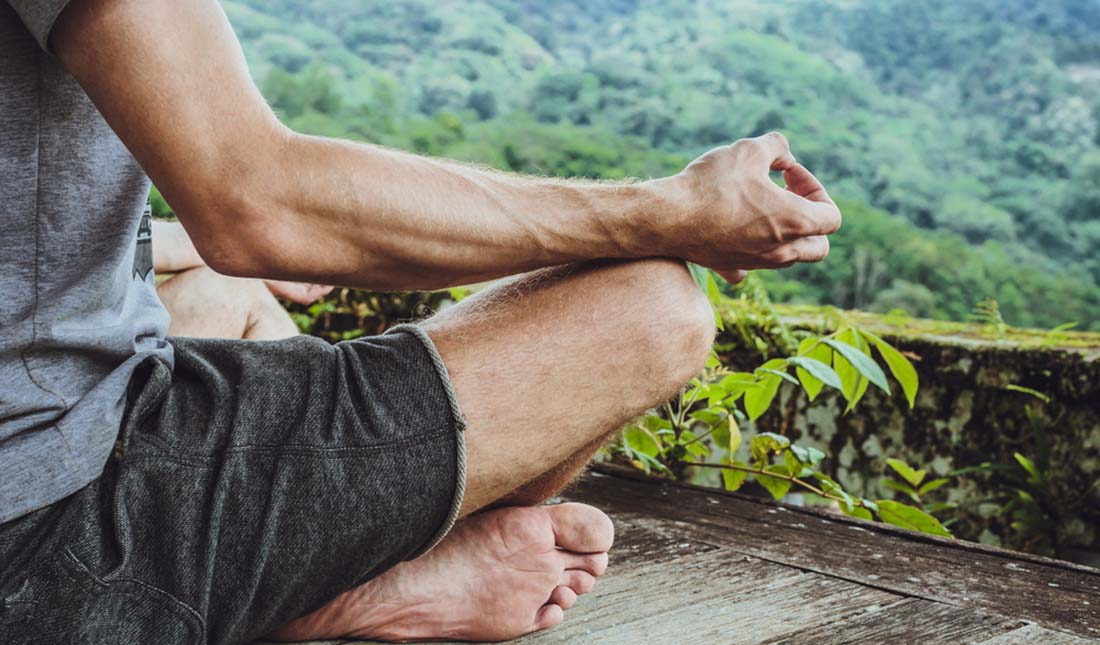How to Meditate? Discovering Different Approaches for a Peaceful Mind
How to Meditate? Discovering Different Approaches for a Peaceful Mind
Blog Article
Just How to Meditate: A Detailed Approach to Achieving Mindfulness and Calm
Reflection acts as an effective device for accomplishing mindfulness and psychological calm in a hectic globe. By recognizing the fundamental concepts and strategies associated with reflection, people can cultivate a method that boosts their overall wellness. This conversation will certainly outline essential steps, from producing a helpful setting to incorporating meditation into everyday routines. As we check out these parts, it comes to be clear that the journey to mindfulness is not just concerning the act of being in silence, but rather about promoting a much deeper link with oneself and the globe around us. What might this transformation entail?
Understanding Meditation
Understanding meditation involves comprehending its fundamental concepts and methods, which offer as the foundation for the technique. At its core, reflection is a psychological workout intended at promoting relaxation, building interior power, and establishing compassion and insight. The technique urges individuals to focus their interest, commonly with methods such as deep breathing, visualization, or mantra repetition.
Reflection can be classified right into different styles, consisting of mindfulness, transcendental, and loving-kindness reflection, each with unique purposes and methodologies. Mindfulness meditation stresses present-moment recognition and non-judgmental observation of feelings and ideas, while transcendental reflection includes using details rules to transcend ordinary mind. Loving-kindness reflection focuses on developing a mindset of love and compassion in the direction of oneself and others.
No matter the technique employed, the key goal continues to be constant: to grow a deeper understanding of the mind and its patterns. This self-awareness fosters emotional durability, clarity of idea, and a profound feeling of calm (How to meditate?). By recognizing these principles and techniques, individuals lay the foundation for a successful reflection practice that can significantly improve their overall health
Preparing for Your Practice
Before starting your reflection method, it is crucial to create an environment favorable to concentrate and leisure. Make certain that the area is clean and complimentary of clutter, as a tidy atmosphere can aid clear the mind.
Consider the lighting, as natural light can improve your mood and energy. Soft, warm lights is usually more calming than severe fluorescent lights. Furthermore, select a comfortable temperature, making sure that you are neither also warm neither also chilly.
Integrating components that advertise tranquility can further enhance your experience. This could consist of soft paddings or coverings for comfort, as well as calming scents from important oils or incense. It can also be beneficial to have a timer set for your reflection session to stop distractions from clock-watching.
Standard Meditation Methods

Another reliable technique is body check reflection. This entails mentally scanning your body from head to toe, noticing any type of areas of tension or discomfort and consciously unwinding those muscle mass. This method fosters click site a deeper connection in between your body and mind.

Lastly, loving-kindness reflection concentrates on cultivating compassion in the direction of yourself and others. Calmly repeat expressions of goodwill, boosting psychological wellness and interconnectedness. Each of these techniques works as a foundation for your reflection journey, permitting you to discover the method that reverberates best with your individual method.
Maintaining Emphasis and Mindfulness

Developing a committed reflection space can enhance the capability to maintain mindfulness. A silent, uncluttered environment minimizes interruptions, permitting deeper immersion in the practice. Additionally, setting a time frame can help manage expectations; beginning with much shorter sessions might relieve the transition into longer techniques.
Making use of strategies such as body scanning or observing experiences can additionally boost mindfulness. These techniques encourage practitioners to remain existing and engaged with their physicality, anchoring their attention in the minute. Routine practice is important; the brain constructs durability in time, developing a more powerful capability for focus.
Incorporating Reflection Into Every Day Life
Integrating reflection right into every day life can change routine activities right into chances for mindfulness and self-reflection. By integrating mindfulness techniques into usual tasks, individuals can grow a greater feeling of existence and tranquility among the busyness of day-to-day life.
Begin by recognizing moments throughout your day where you can exercise and pause mindfulness. Even mundane tasks like strolling or cleaning recipes can end up being chances for reflection by directing your interest to the feelings of activity and the audios surrounding you.
Furthermore, setting apart committed times for meditation can reinforce its method. Begin with brief How to meditate? sessions, progressively raising duration as you end up being extra comfy. Use reminders or cues-- like a certain time of day or a relaxing audio-- to develop uniformity.
Eventually, the goal is to weave mindfulness into the textile of day-to-day life, allowing you to approach each minute with objective, consequently boosting your total sense of wellness and clearness.
Final Thought
In conclusion, efficient meditation needs a quiet setting, a comfortable placement, and a focus on the breath. Routine meditation, also in brief sessions, cultivates a deeper link to the present minute, ultimately leading to better calm and psychological clarity in everyday life.
Meditation can be categorized right into various designs, including mindfulness, transcendental, and loving-kindness meditation, each with distinctive purposes and methods. Mindfulness meditation highlights present-moment awareness and non-judgmental observation of ideas and feelings, while transcendental reflection involves the usage of specific mantras to transcend ordinary thought procedures.With your reflection space prepared, it's time to check out numerous basic meditation methods that can aid cultivate mindfulness and internal tranquility.Consistently preserving emphasis and mindfulness throughout reflection can be tough, especially for those new to the technique.Developing a devoted reflection room can boost the ability to maintain mindfulness.
Report this page